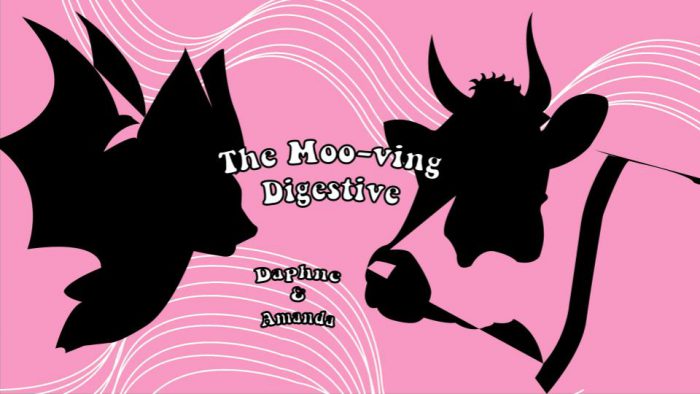
Check out the other relevant links!
Research on vampire bats here!
The Vampire Bat Prototype here!
Amanda’s post here!
The Moo-ving Digestive in action here!
There are 12 posts tagged 3d (this is page 1 of 2).

For the vampire bat prototype, I decided to focus on the bat’s wings, since it is very much different from the wings of birds. Yet, it is similar to the human hands, but with web, forming the wings. What I brought forward to this project is the hinge mechanism from Project 2: Kokopelli!
This is what I got!
Pleasant: Water Cooler in ADM (Flowy)
Unpleasant: Security Alarm in ADM (Resembles water droplets)
IMG_7551Elbow-Bone
Elbow-Ligament
-important ligament of the elbow are the medial collateral ligament (inside of the elbow) and the lateral collateral ligament (outside of the elbow)
| Movement | Angular Range (Degrees) |
| Flexion / Extension | 145 |
| Pronation | 75 |
| Supination | 80 |
| Movement | Definition |
| Flexion | A movement decreasing the angle between articulating bones |
| Pronation | A movement that can be performed by the lower-arm/ wrist and also by the ankle/foot
Pronation of a forearm is the rotation of the forearm turning the palm of the hand inwards towards the body. |
| Supination | A movement that can occur at the lower-arm and wrist.
Supination of the forearm is the rotation of the forearm turning the hand outwards away from the body |
The ankle joint is a synovial joint located in the lower limb. It is divided into the upper ankle joint (tibiotarsal articulation) and lower ankle joint (talotarsal articulation).
Upper ankle joint
| Dorsiflexion (Flexion) | Produced by the muscles in the anterior (nearer the front) compartment of the leg. |
| Plantarflexion (Extension) | Produced by the muscles in the posterior (nearer the rear/hind end) compartment of the leg. |
| Dorsiflexion | Flexion | Is the movement by which the dorsal (top) aspect of the foot and the anterior (front) aspect of the tibia (shin) move closer together. (E.g. up and down – sitting and standing or walking up and down stairs). |
| Plantarflexion | Extension | Is the opposite movement that departs the dorsal aspect of the foot away from the tibia. |
| Abduction | Is moving the distal end of the foot away from midline, or away from the center of the body. |
| Supination | Appears when the medial edge of the foot is lifted off the grounds. |
| Pronation | Is the reverse movement of supination, when the lateral edge of the foot is lifted off the ground. |
References for elbow:
http://www.ivyroses.com/HumanBody/Skeletal/Joints/Joint-Movements.php
http://www.ivyroses.com/HumanBody/Skeletal/Joints/Elbow-Joint.php
http://teachmeanatomy.info/upper-limb/joints/elbow-joint/
Reference:
http://teachmeanatomy.info/lower-limb/joints/ankle-joint/
https://www.kenhub.com/en/library/anatomy/the-ankle-joint
Functions of A Hinge
A Hinge is a moveable joint or mechanical bearing that connects two solid objects, typically allowing only a limited angle of rotation between them.

Texture for water cooler (pleasant)

Texture for beeping of the automated security alarm

Texture for beeping of the automated security alarm

Texture for beeping of the automated security alarm
Check out the full PDF on Jiayi’s site here!
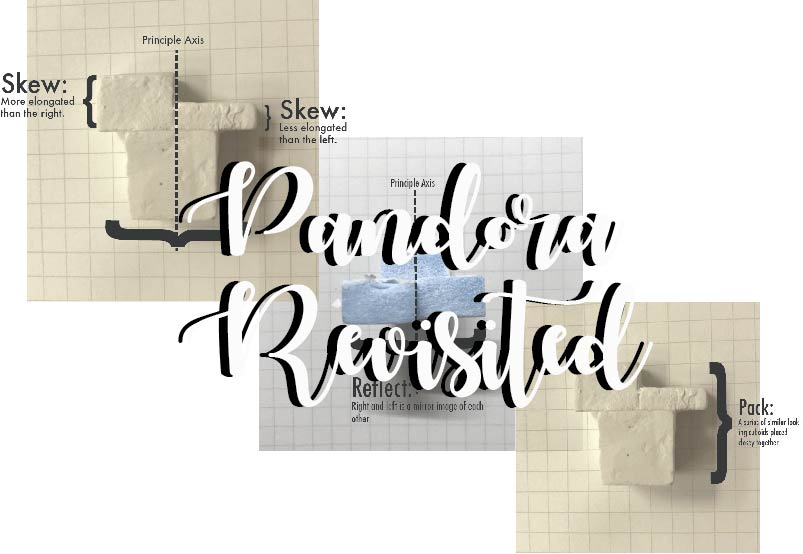
For the first project for Form and Visualization, we got to look back and revisit the Pandora project we did back in Semester 1. For Pandora Revisited, the words I received were pack, skew and reflect.
Below are some images of my module and how it reflects the words:-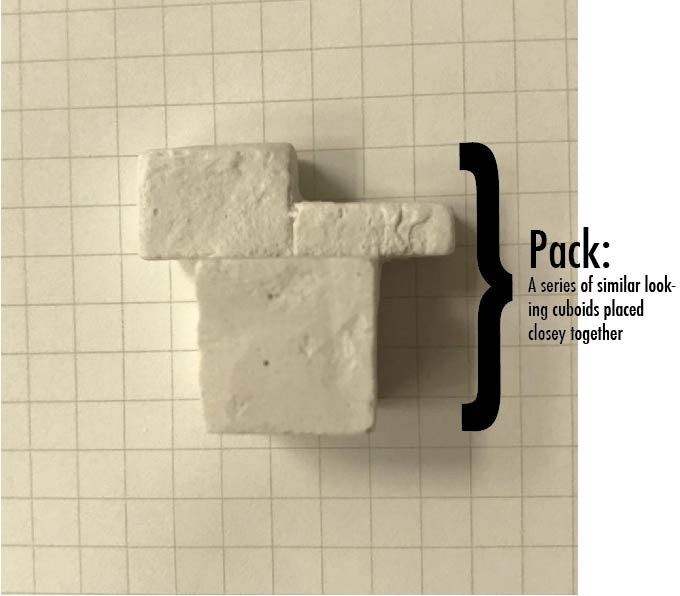
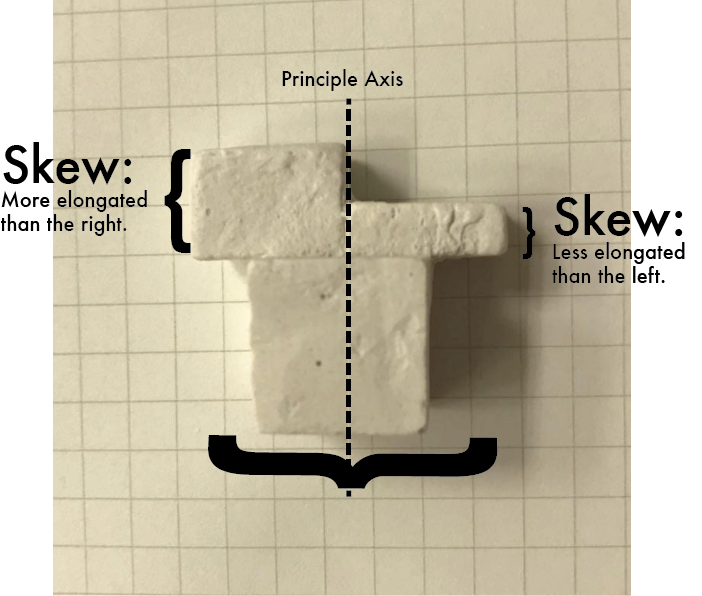
There are many combinations of arrangement for my module that I find amusing! Below are some combinations:-
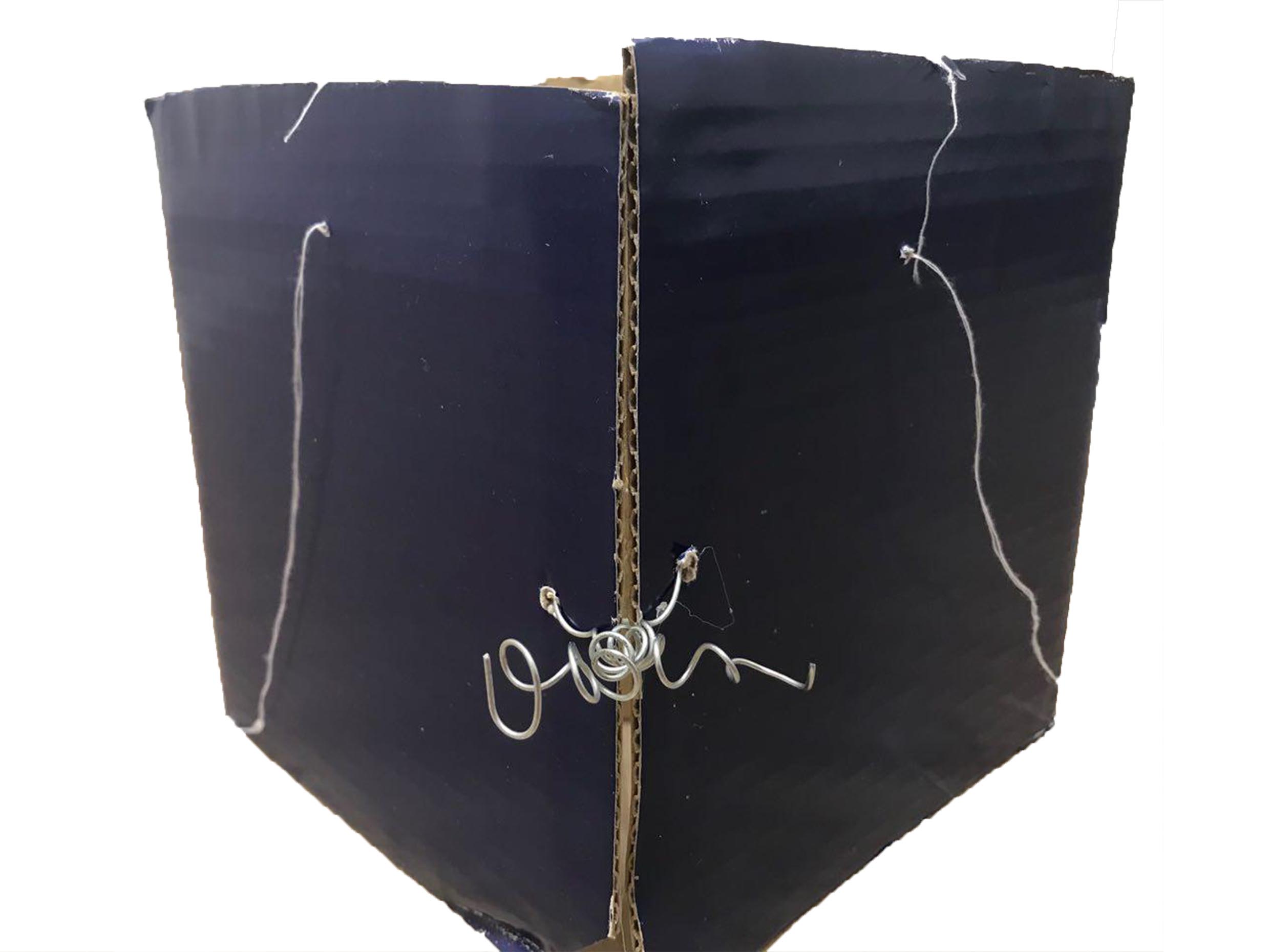
For the City of Voids, before we started doing up our final mood box and plug-in city, we were to work with the sounds we had created to build our own mood boxes! Here are the instrument we worked with!
The Dominant -The yellow and white parts are the the resonating tone bars, and the white part is to capture the resonance and the ringing of the bars.
The sub-doninant -The pink parts, illustrating the woody sound of the claves.
The sub-ordinate – The blue triangles illustrates the finger cymbals.
The clear ringing sound of the resonating tone bars is depicted by the swirling of the metal wires across the model (yellow and white). The blocky beats of the claves are represented by the pieces of wood piece that are placed at the top of the structure (pink). The high pitch sound of the finger cymbals is shown through the tiny triangles on the walls of the structure(blue).
After listening to the audio and the audio sounded magical, melancholic, zen, as if we are stepping into a new dimension, hence I added the element of secrecy and surprise by using the opening segment to my mood box.
The finger cymbals after every bar is a sub-ordinate, yet it has a wide presence in the audio, its high pitch and loud. It brought characteristic to the audio itself. Also, triangles are used to depict its high pitch, since a triangle has 3 sharp edges. Hence, to not shadow the SO, I added a tiny interactive touch to the finger cymbals.

For the first lesson of Project 3, we were to bring two scents along with us, one that evokes a pleasant memory and the other one that evokes an unpleasant memory.
Here are my scents..!
The scent that I brought that evokes a pleasant memory is a perfume from The Body Shop.
Why..?
The perfume was the very one I wore for my first date. Then as an adolescent, I often look up to my mom in terms of dressing up and even learning how to put make-up for the first time. I knew I had to dress up and that also means smelling pleasant. Instinctively, I went to my mother’s cupboard of perfume and picked a random one.
Hence, this scent has since reminded me of my first date.
The scent that I brought was the scent of moth balls. (My roommate happen to have them  )
)
Why..?
When I was very much younger, at the age of 5 to 12 years old, I was left alone at my grandmother’s house very often. This is due to the busy schedule that my parents had and I remember the lonely nights I had to spend over at my grandmother’s place because of that. As an elderly, my grandmother loves to place moth balls around the house to keep it smelling fresh and to remove the water vapour in the air that causes things to get mouldy. Hence, the iconic thing about my grandmother’s house is the smell of moth balls, especially in her room where I use to spend the night. The smell of moth balls brings me back to the unpleasant childhood experience I had to go through being left alone at my grandmother’s place. (Even so, I really love my grandmother! She watched me grew up!)
During class itself, we were taught the difference between 2D Planes and 3D Planes.
2D Planes Side View – A line
3D Plane Side View – Looks much like a ribbon
2D Planes |
3D Planes |
| Straight Axis | Curved Axis |
| Bent Axis | Broken Axis |
| Curved Axis | Twisted Axis |
| Complex Axis (Combination of Curved & Bent) | Grouped Axis |
Thereafter, we were to construct a 3D model that consists of a dominant, sub-dominant and a sub-ordinate using strips of paper of differing widths.
Since we are required to describe scents in a manner or two, I decided to research on the ways I can use adjectives to describe them.
Reference:
http://grammar.yourdictionary.com/style-and-usage/descriptive-words-for-scents.html
You can view the full PDF here: Intangible touchable scents

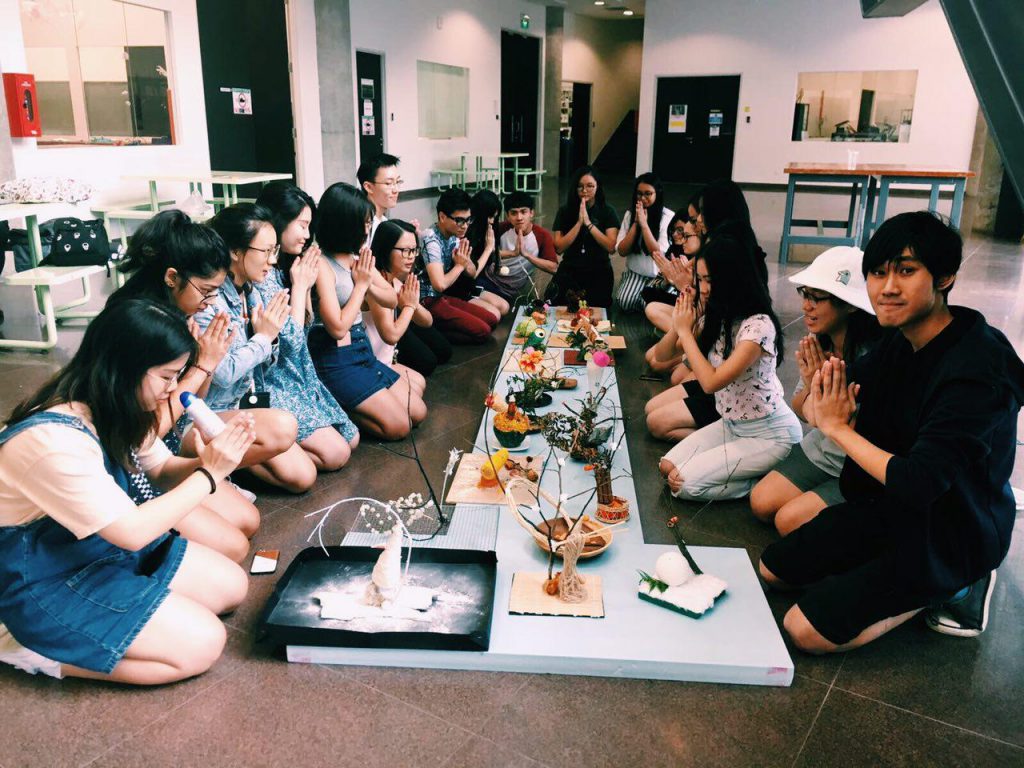
ITADAKIMASUI! For 3D Project 2, we got to deal with food as well as Ikebana!
For 3D Project 2, we were to experiment with curvilinear shapes — the cylinder, cone and sphere. An upgrade from Project 1, we were to place these shapes of an angle of each shape’s principle axis.
As a result, the models will be of a certain type of balance, namely independently balanced (of more than 45 degrees to the ground), dependent (2 or more objects leaning against each other) and precarious (more than 45 degrees to the ground)
Apart from that, the season I got for my Ikebana is Autumn.
Ikebana is a Japanese art of flower arrangement. Due to its rich history in Japan, different styles then flourished as well over time.
Rikka, otherwise known as standing flowers style was developed to incorporate the beauty of landscape into the arrangement of flowers. One key thing to note about this style is that there are nine branches that each represent an element of nature.
2. Nageirebana
Nageirebana, otherwise known as thrown in flowers is an arrangement that does not include a structured way of design. It is characterised by a bundle of tightly grouped stems that form a triangular three-branched asymmetrical arrangement
3. Jiyuka
Jiyuka otherwise known as free-style consist of creatively designed Ikebanas that is not confined to using flowers. It is the modernised method of Ikebana in the late 20th century.
With all the Ikebana research done up, I decided to work towards the Jiyuka style of Ikebana. Along with some of my food research, I decided to use a cob of corn as the cylinder, a tomato as the sphere and coloured mayonnaise as the cone. Since autumn season has a spectrum, I decided to focus on the later part of autumn where it is going to turn cold, otherwise known as the sweater weather.

The tomato and corn together can be used to brew soup to keep the people warm during the autumn season. Something native to Japan would be their creamy tomato soup.
Corn was also chosen because Japanese love grilled corn. It even has a Japanese name called tōmorokosh. How the Japanese love to prepare them is by briefly boiling them in salt water and then grill it with the use of soy sauce.
Rice was used together with tomato at the base because of Japan’s iconic sushi, which is largely made out of rice. I coloured them in orange and mushed it together with the tomato to bring out the change in colour during the season of autumn.
How I included the mayonnaise into the model is by first putting them into a plastic bag then squeezing them out of a small hole to create the conical shape. (which flattened after a good 15 minutes). Mayonnaise is largely loved by a majority of the Japanese as seen in their inclusion of mayonnaise into sushis. Also, Japan has their very own type of mayonnaise that they are very fond of. Therefore, I decided to go with mayonnaise that is coloured in yellow to match the colour palette of the season autumn.
Reference: